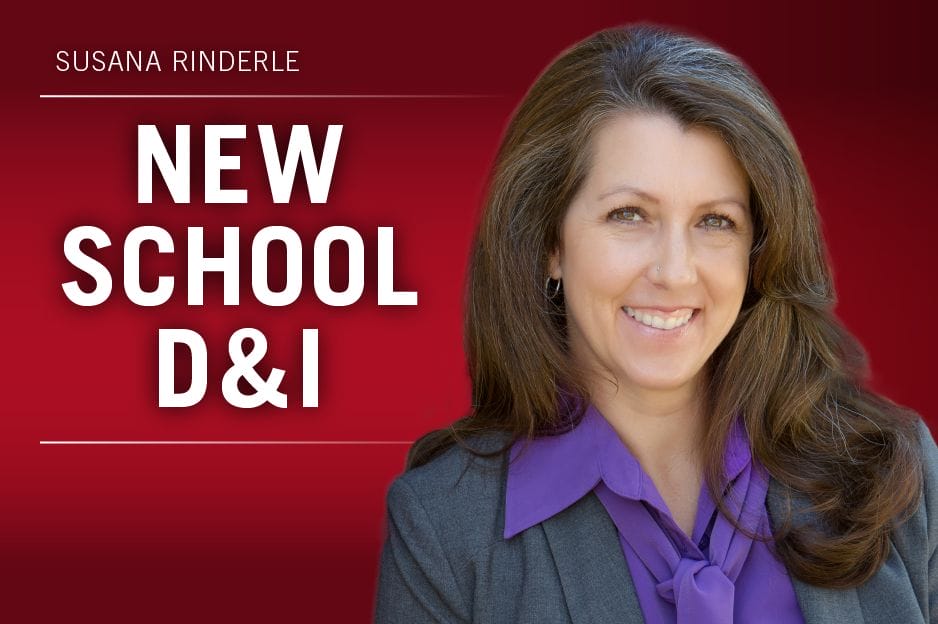It starts out with good intentions to celebrate diversity, ensure equity and practice inclusive leadership. You implement employee resource groups for historically underrepresented groups like LGBTs, start a mentoring program for women of color, and equip leaders to coach millennials on workplace norms and professionalism. But after a while you revisit your D&I metrics and find you haven’t met your goals. In fact, your results are slightly worse than when you started.
What’s going on?
The problem may be an incomplete or misguided sense of what inclusion is. Like the rest of your leadership team, you’re smart and well intended and have a commitment to D&I grounded in supporting employee brilliance and excellence, which generate tangible results for your organization. You believe one way to accomplish this is to help certain identity groups feel more a part of things, supported in their professional development and generally brought into the fold.
The problem with this approach is that it’s an assimilation model based on the notion that “they” must be more like “you” to succeed and add value. It subtly communicates that “you” are superior and “they” are inferior and need fixing.
This presents a power imbalance that doesn’t leverage the real reason diversity plus inclusiveness gets better results: multiple brains contributing their unique brilliance to form a bigger combined brain that generates more ideas and makes better decisions. True inclusion or inclusiveness isn’t just about hearing all voices and taking them seriously; it’s about ensuring shared power and equitable involvement in decision making. True inclusiveness means that “you” too are open to exploring what “they” bring and changing how “you” do things.
Consider the way millennials are commonly viewed and treated in the workplace. I often hear negative, even emotional opinions expressed about millennials’ supposed lack of work ethic and poor workplace habits in stereotypical terms, which if used to discuss a group of color would likely result in serious outcry and lawsuits.
The dominant belief is that these young people must be taught how to behave correctly. However, there isn’t anything inherently correct or superior about leaving earbuds at home, staying off phones in meetings, following orders without giving feedback or insisting on personal benefit.
Behaviors are assigned meaning within a particular set of beliefs and norms, also known as culture. Common behaviors exhibited by millennials and other identity groups can actually add value if explored with curiosity and commitment to win-win solutions. New, even odd behaviors can provide tremendous positive results, especially within the context of their cultural frame, which — like it or not when it comes to millennials and people of color — is the future. If you have doubts, read this article about how millennials are doing exactly that in organizations, including Starbucks, that listen and adapt.
At the same time, there are new or different behaviors that don’t add value, and the old way is demonstrably better in terms of business impact, productivity, results, engagement or just plain workplace awesomeness. Perhaps a certain dress code, work station layout, schedule or set of meeting norms really are the best fit to support your organization’s vision, mission, goals and objectives.
The key to success is taking the time to explore, engage and devise creative solutions that maximize benefit to all parties, not just you. This includes gathering data to determine what is true and not based on assumptions. For example, is it really true that your customers fear employees with tattoos or don’t take them seriously if they don’t wear ties?
Creating an inclusive culture isn’t “either-or”: either requiring “them” to adapt and assimilate to you or you offering everything up for debate and input by “them.” The answer is “both-and,” which requires time, effort and intentionality at first, but pays huge dividends over time and allows “you” to ensure your sustainability and relevance into a future dominated more by “them.”
Susana Rinderle is president of Susana Rinderle Consulting LLC. Comment below or email editors@workforce.com.

